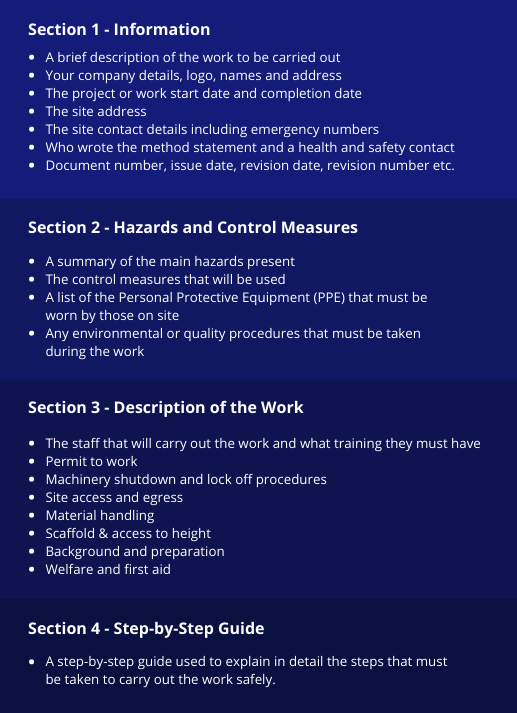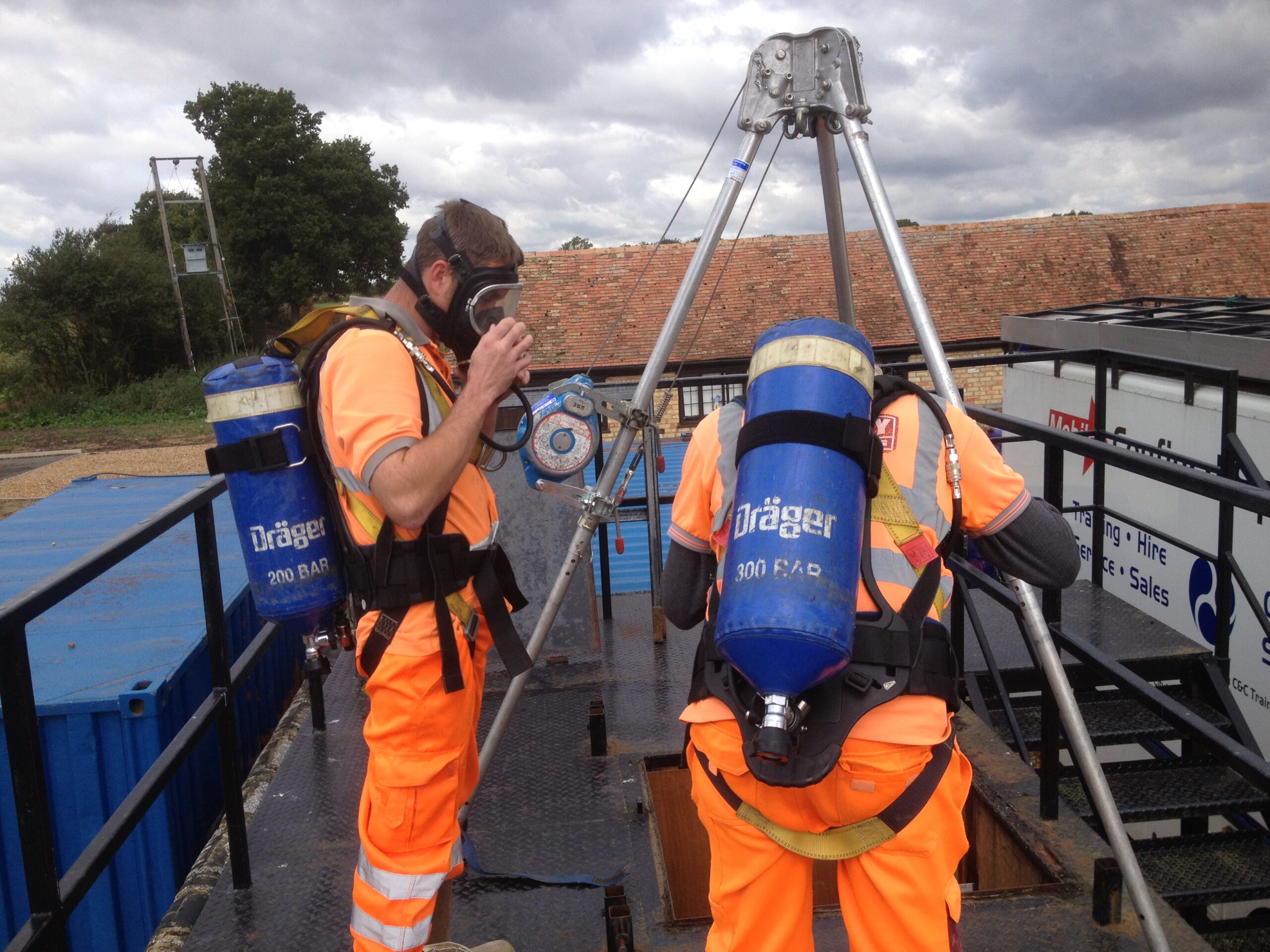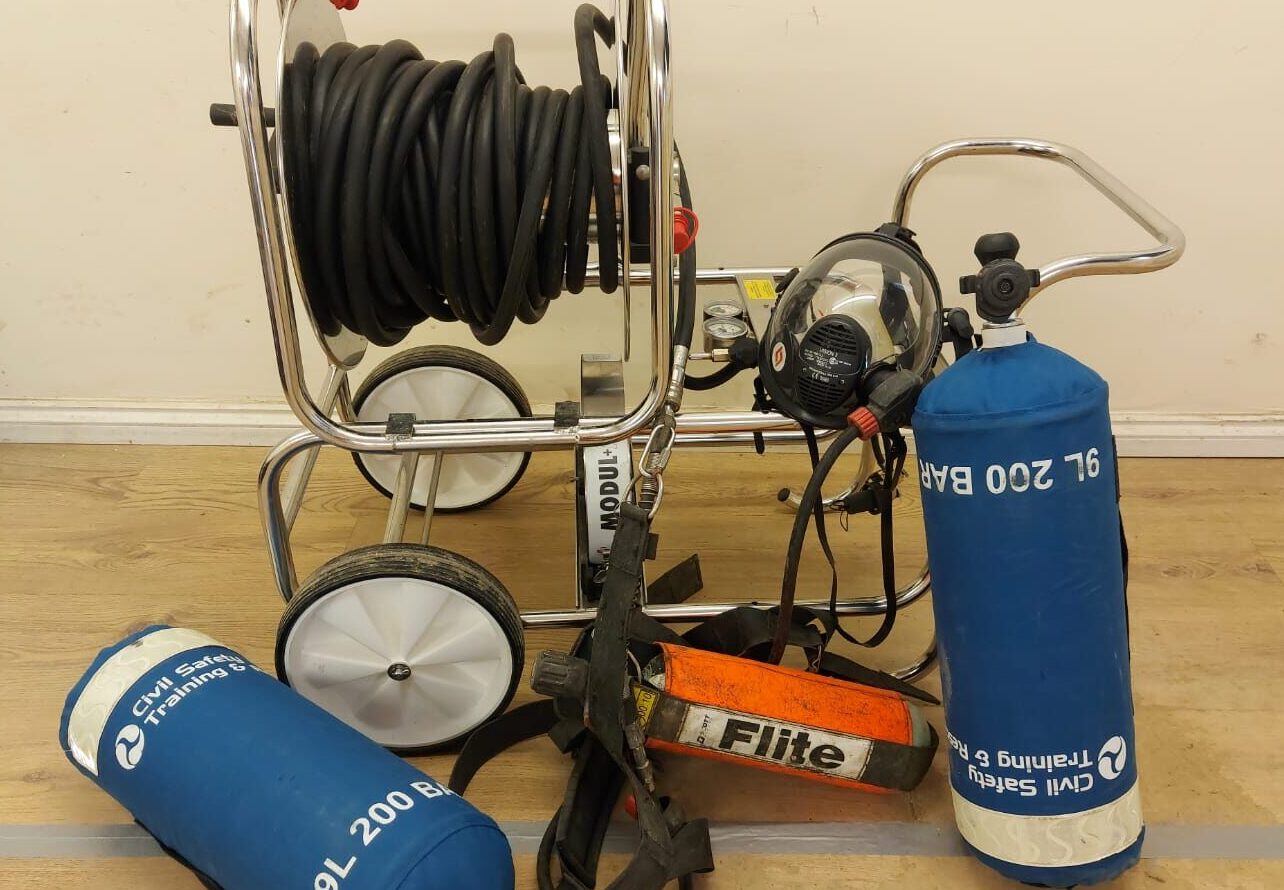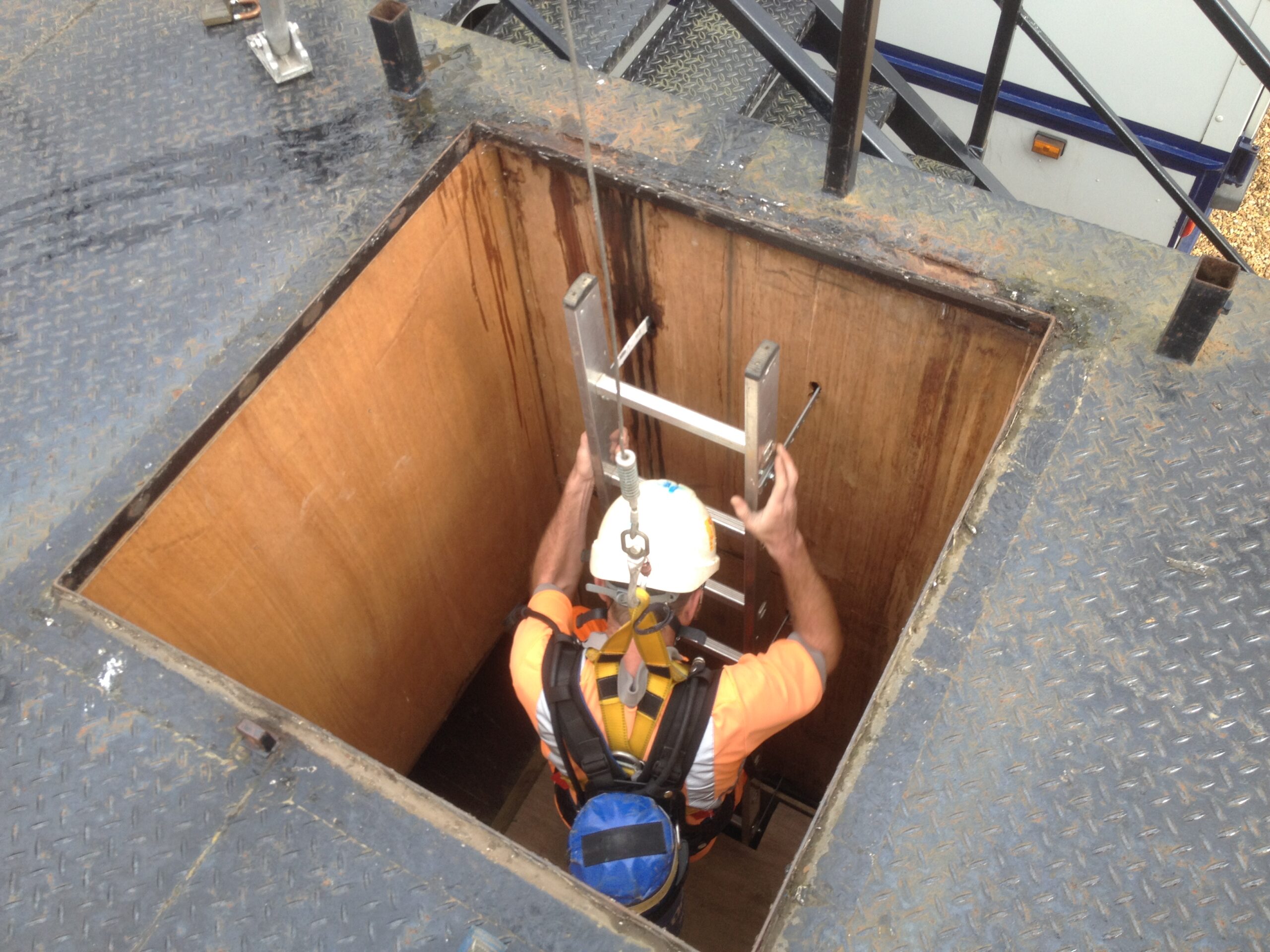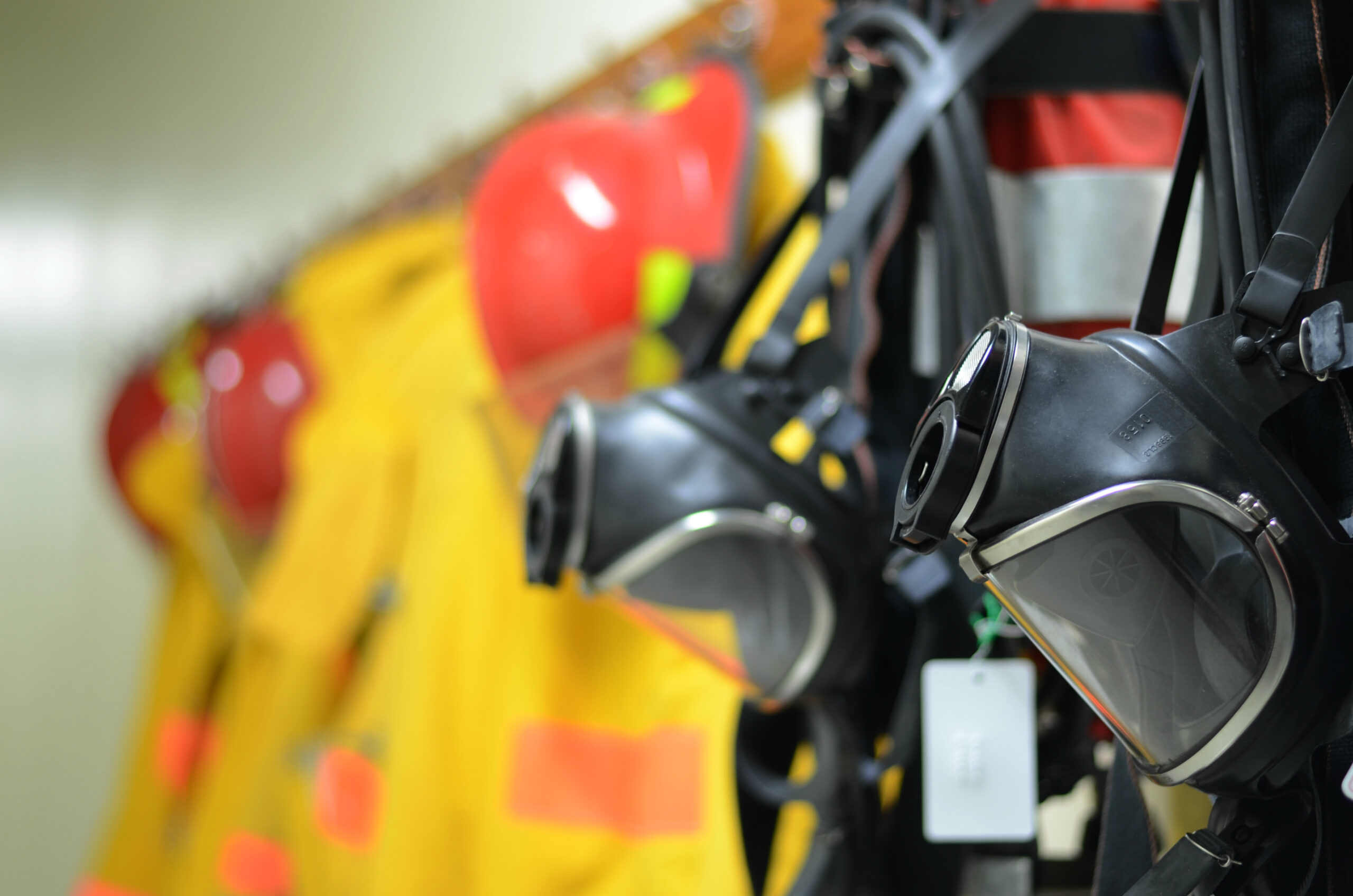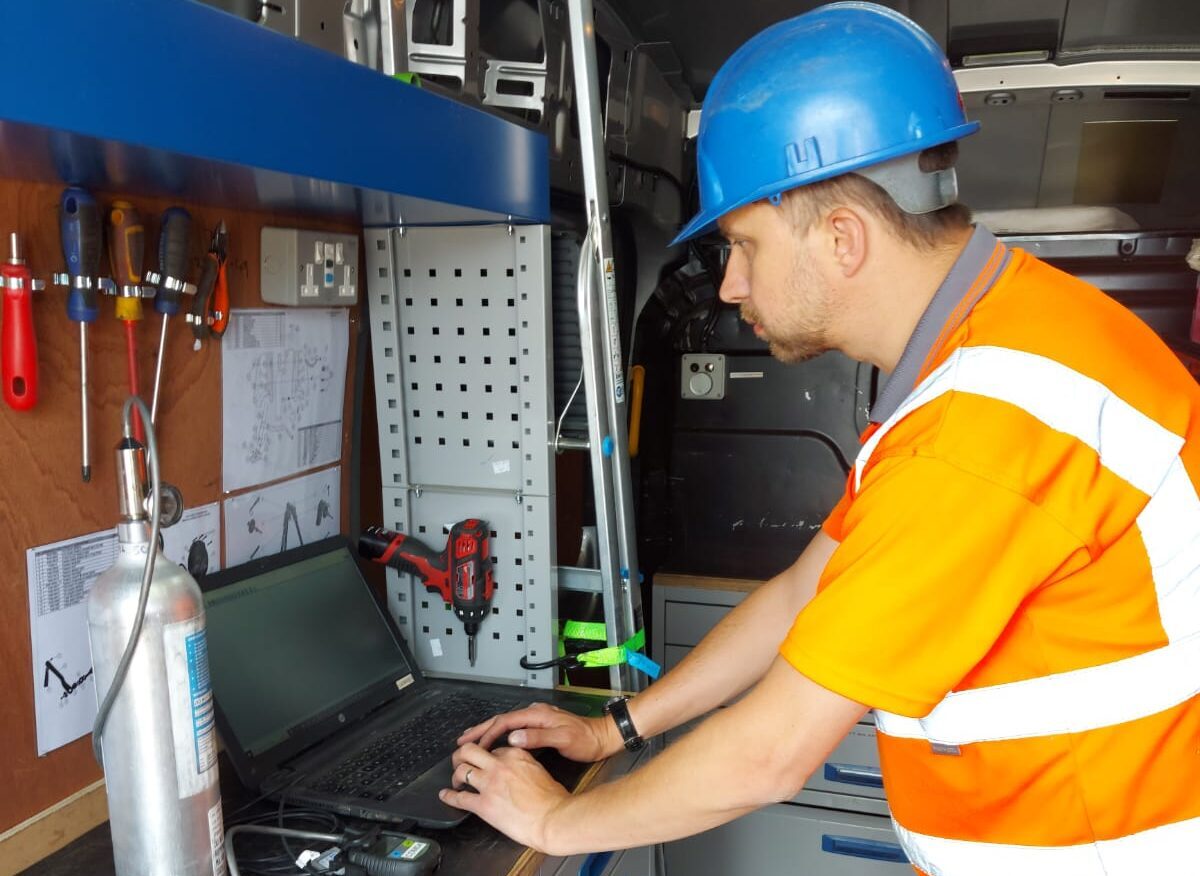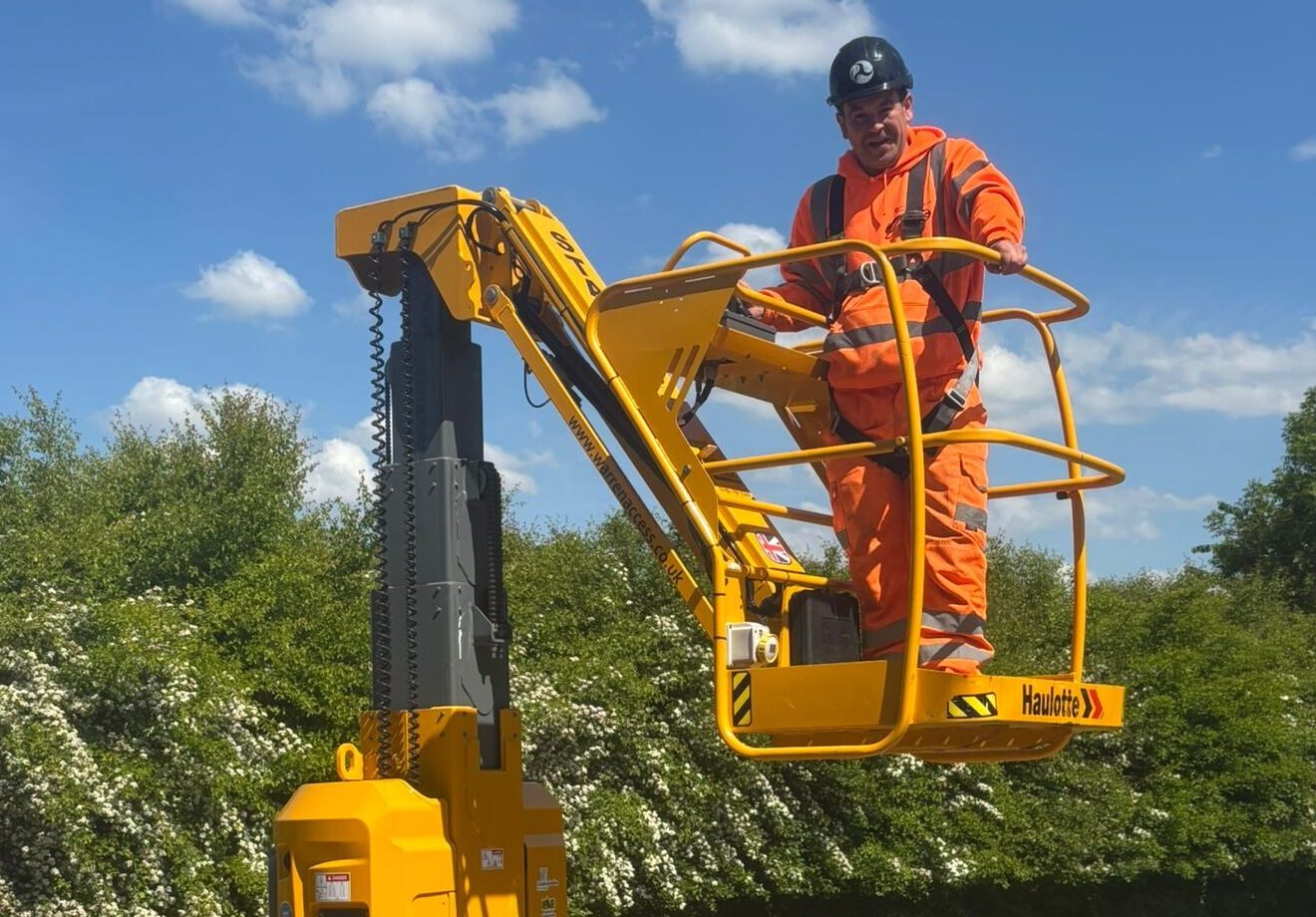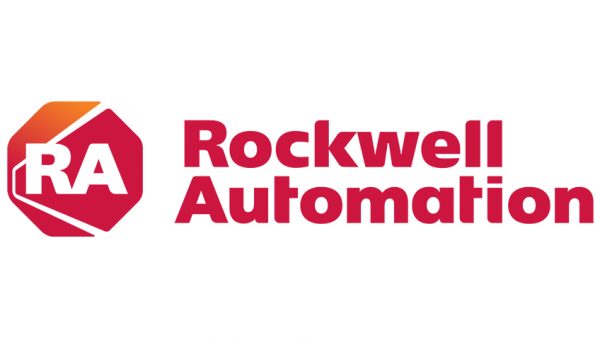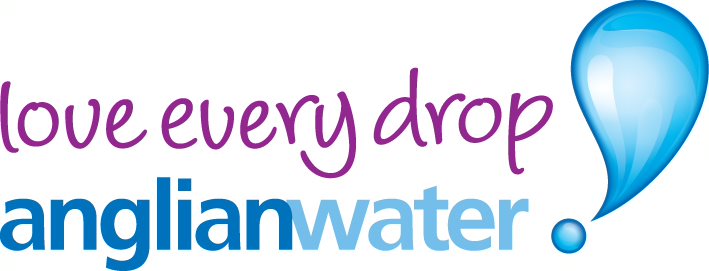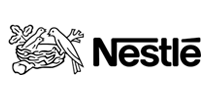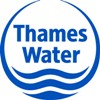What Is A Method Statement And How Is It Used?
A method statement is a health and safety document that organisations use for high-risk work. Usually accompanying a risk assessment, a method statement is like a set of instructions for how work will be carried out safely and legally, which can give you an edge when pitching for projects. But they’re primarily for the safety of those who will be carrying out the work.
While they’re not a legal requirement, method statements are usually requested as part of tender processes to gain an insight into the way pitching organisations operate. They provide organisations with an opportunity to show how they’ll carry out the project in a safe way so knowing how to write one well is important.
A well written document should actually be as simple as possible to avoid any misinterpretations that could result in injury. While there is other information that must be included, the primary purpose is to identify the potential hazards that may arise from the work and detail the necessary precautions that must be put in place and taken by workers.
What’s the Difference Between A Risk Assessment and A Method Statement?
Risk Assessments and Method Statements are two different types of document, but they are often found together. Both documents have the same overall purpose, to make sure that work can be carried out safely and they will probably cover the same task or activity, but they do differ.
It’s important to know that a risk assessment is a legal requirement while a method statement is not. A risk assessment looks at the work to be carried out and asks how people could get hurt, what the risks are, and how can they be controlled. A method statement is typically completed after a risk assessment and tells you how to complete the work, and in what order. A method statement will set out the work in a logical sequence, it will explain to employees how to do the work and provide extra details.
What’s Included In A Method Statement?
Method statements are often split into sections and include the project details, a description of the work, date and duration, control measures, PPE requirements, monitoring arrangements, welfare provisions, emergency procedures and in what order tasks should be carried out. It will also include site-specific rules and restrictions, such as the need for permits or training requirements.
While this does sound like a lot of information, you want to keep it as short and simple as you can. Below we have given an overview of what each section of a method statement should include.
Why Use A Method Statement?
Method statements provide many benefits to those who can write them well. While they’re not a legal requirement, they are often required, particularly in the construction industry, as part of the tender process and they indicate to customers and staff that you take safety seriously. They also help to reduce misunderstandings by encouraging management to communicate to staff ways to complete tasks in as safe a way as possible. Not only does this reduce the likelihood of accidents but it also helps to increase productivity and encourages an efficient working environment that can lead to reduced costs and on-schedule work.
Finally, it is important to remember that preparing a risk assessment and method statement is not just a box-ticking exercise. Once you’ve spent the time and effort it takes to prepare a worthwhile method statement all those involved in the work must have a copy and understand how to follow it. And once it’s been written, ensure you have procedures in place to regularly review the statement and ensure it’s always up to date. Don’t file it away and forget about it!
Civil Safety Training & Rescue
Civil Safety Training & Rescue specialises in working with companies that are involved in confined space and hazardous environments. We take safety extremely seriously and have a reputation for only working to the highest standards.
For information on how we can support your workers accessing confined and enclosed spaces, contact our rescue team coordinator Tina.
Contact our rescue team: 01480 220615 | tina@civilsafety.co.uk
